REVIEW – If you are reading this from the far off future of the year 2050, welcome! This is the year 2020- the infamous year of COVID-19 and Shelter-in-Place. Many of us are working at home and suffering from the indignity of poor audio from webcams as we attempt to conference call with video en masse. Of course, the subspace holo-microwave atom microphone system hasn’t been invented yet (not until 2045), so for today we’ll look at an easy alternative, the JLAB Talk GO USB Microphone.
What is it?
The Talk GO is a USB compact, lightweight microphone with two directional pattern modes built in.
What’s in the box?
Hardware specs
- 96 kHz Sample Rate
- 24 BIT
- 2 Condensers
- 2 Directional Pattern Modes: Cardioid, and Omnidirectional
- Volume Control and Quick Mute
Design and features
I was really impressed with the included tripod: the swivel adaptor is a standard microphone thread on one side, and a “camera tripod” on the other which connects to the bottom of the microphone.
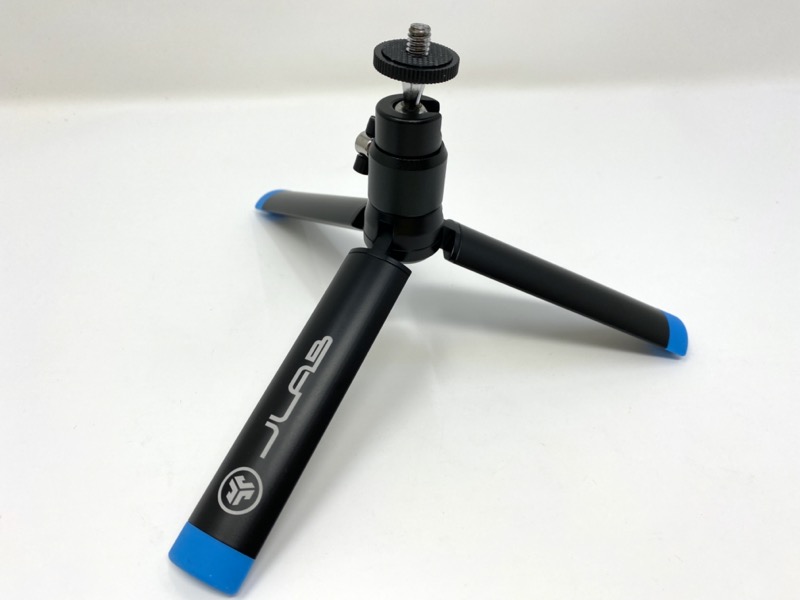
The ball joint allows you to adjust the angle just the way you like.
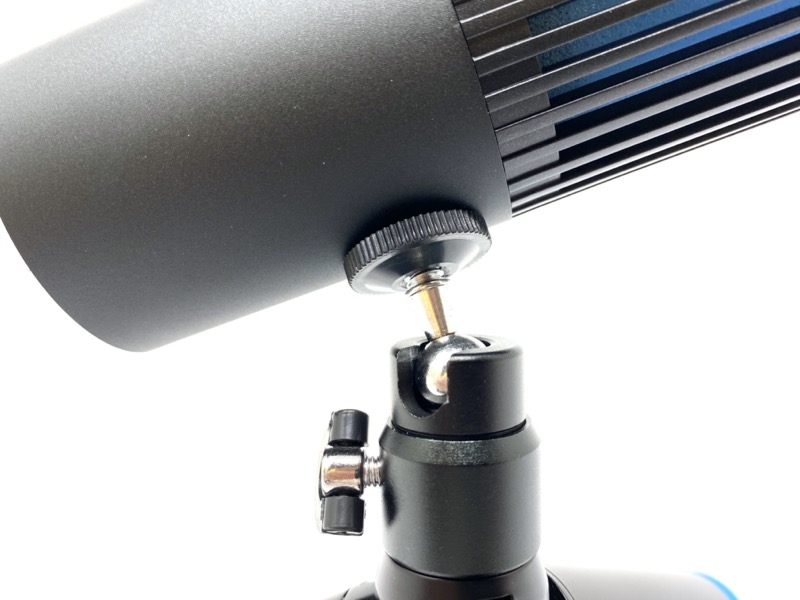 The included USB cable is a USB-C connector that fits into the bottom of the mic. It’s angled, which is a nice touch. On the underside is the mute button (center), headphone jack for direction monitoring, and a volume control (for the headphones.)
The included USB cable is a USB-C connector that fits into the bottom of the mic. It’s angled, which is a nice touch. On the underside is the mute button (center), headphone jack for direction monitoring, and a volume control (for the headphones.)
This is the correct view of the Talk Go as you speak into it. You don’t speak into the “pointy” end.
Setup
Mac and PC compatible- simply plug into an available USB port.
Performance
There’s no way about it, so I recorded some video using a webcam sitting atop my monitor.
First, listen to what a regular webcam sounds like in a typical home office setup, then with the JLAB Talk GO with both cardioid and omnidirectional patterns.
The webcam’s microphone picks up everything, including any noise in the room, good or bad. The JLAB Talk GO is much closer to me, which helps. The cardioid pattern helps reject noises not directly in line with the microphone, which is ideal for a single-user setup. The omnidirectional pattern is better for a group setting.
I also have a Neumann TLM103 condenser microphone in my arsenal of audio. This is a mic that averages $1100, and that’s without some kind of USB interface to your computer. Unlike the Talk GO, the TLM103 is cardioid-only. So how do they stack up against each other?
First I set the JLAB mic on a short stand to get it raised to a height I’m more used to. The Neumann TLM103 is on the right.
I wasn’t surprised that the Neumann TLM103 sounded cleaner overall. It also costs about 22x more than the JLAB Talk GO and requires a more technical setup than just a single USB cable.
But does it sound 22x better? Consider that over your typical video call (Zoom, Microsoft Teams, Skype, Webex, etc) audio and video are compressed for efficiency, maybe it doesn’t matter as much as you’d think. One thing is for certain: The JLAB Talk GO is a cost effective, excellent way to improve your outgoing audio versus a webcam mic sitting on your monitor.
What I like
- Far better than your computer’s built-in mic or webcam’s mic.
- Selectable cardioid or omni patterns
- Affordable and lightweight
What I’d change
- The lightweight feels cheap, but that makes it easier to travel with.
Final thoughts
You may not need a microphone that costs 4 figures and above to improve your audio, especially in a data-compressed conference call. Want to improve your outgoing audio on your next Zoom meeting at a great price? This mic is a “GO”!
Price: $49
Where to buy: JLAB Audio and Amazon
Source: The sample of this product was provided by JLAB Audio

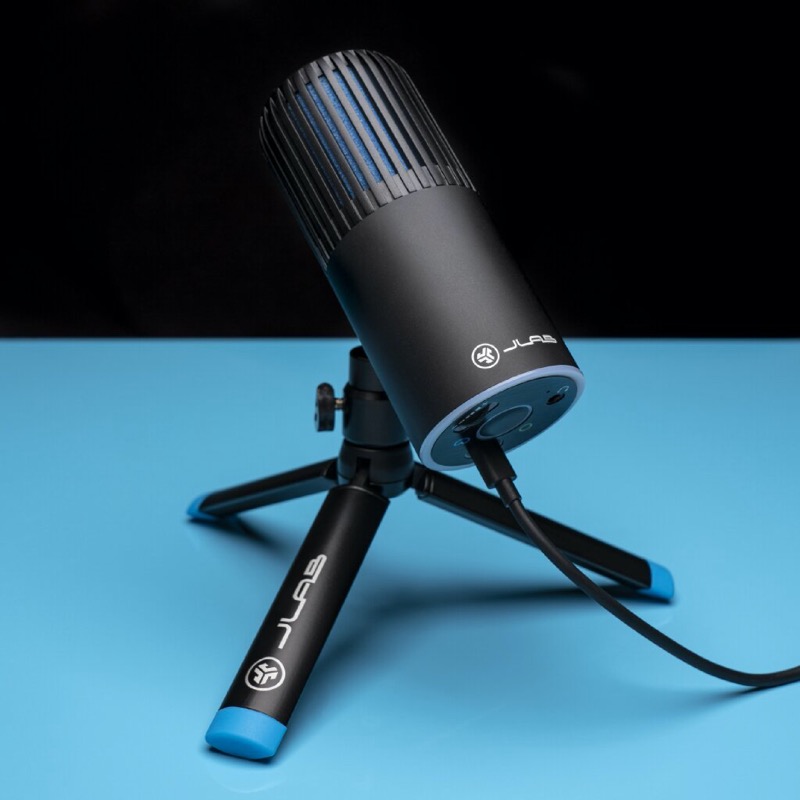
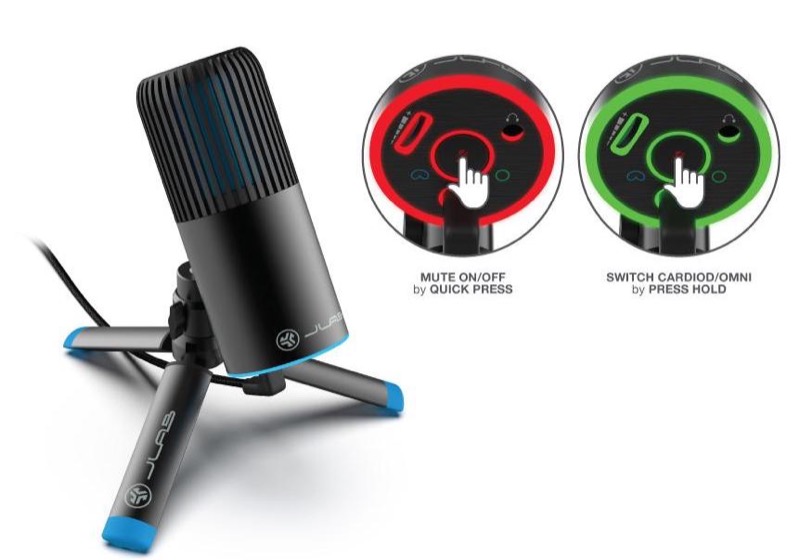
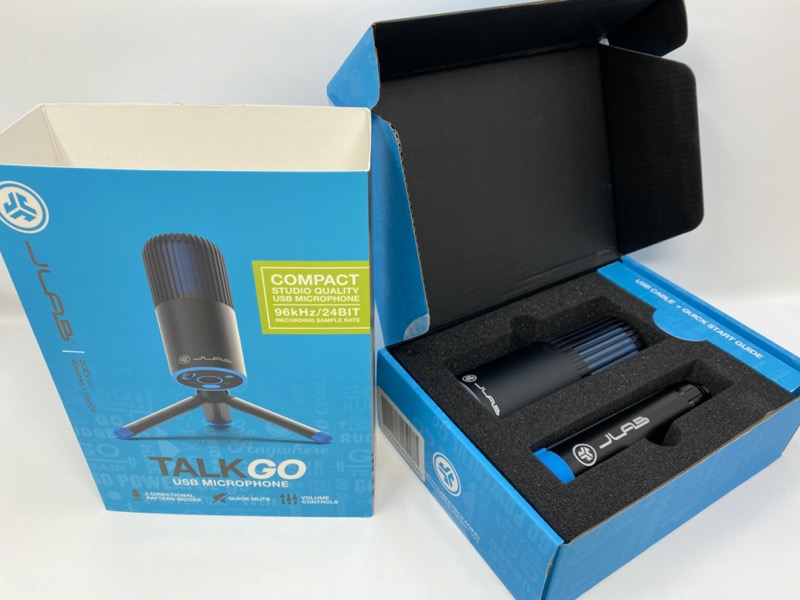
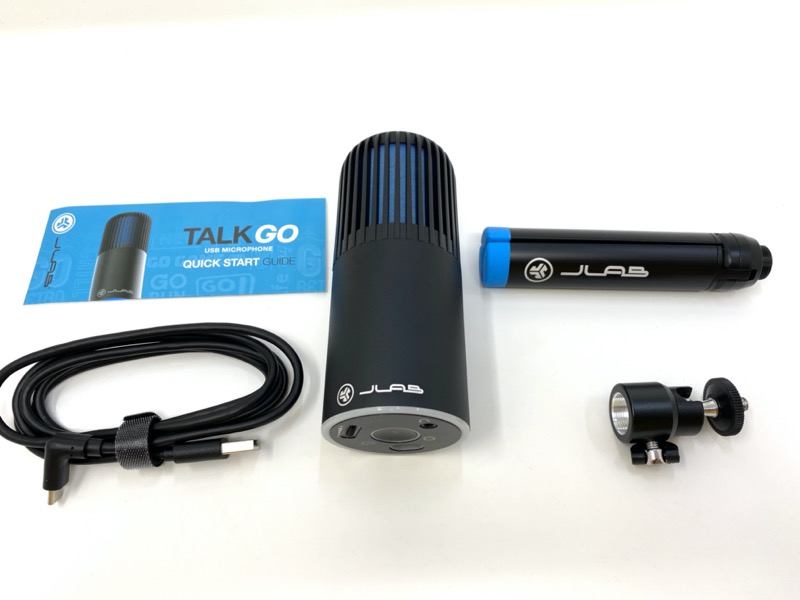
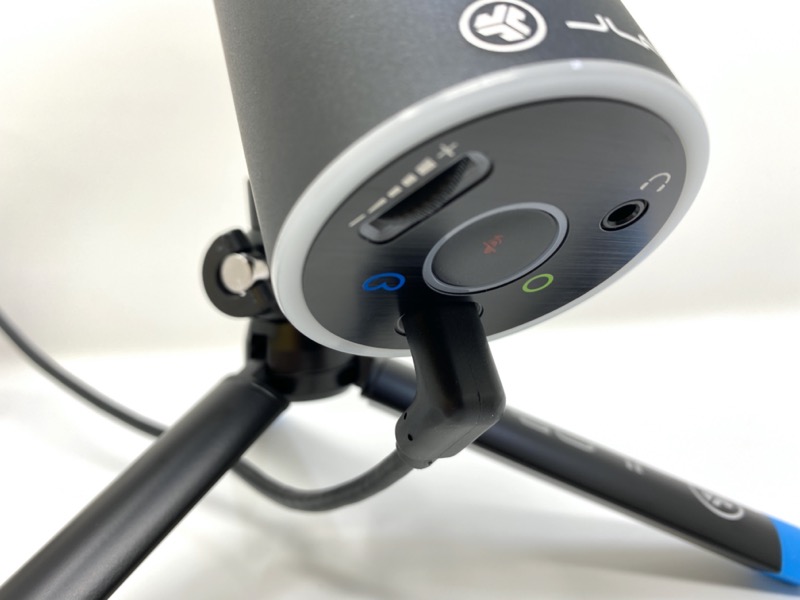
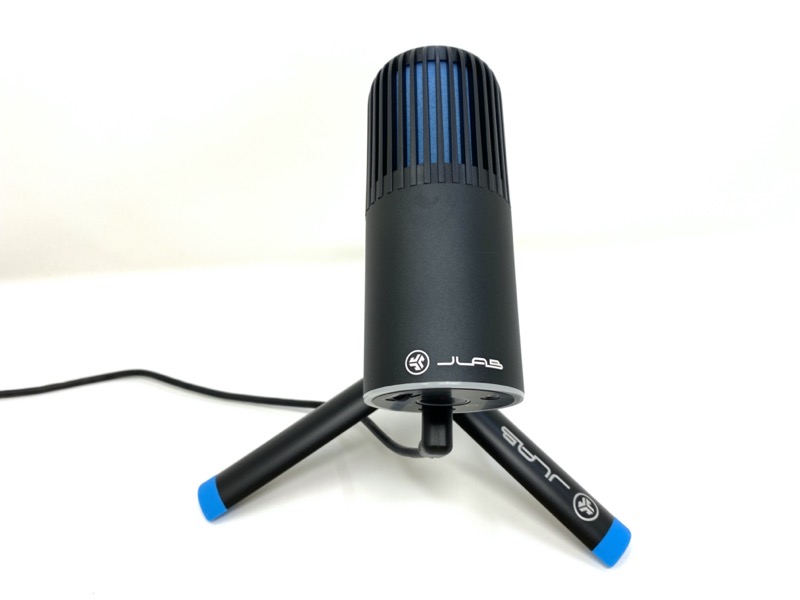
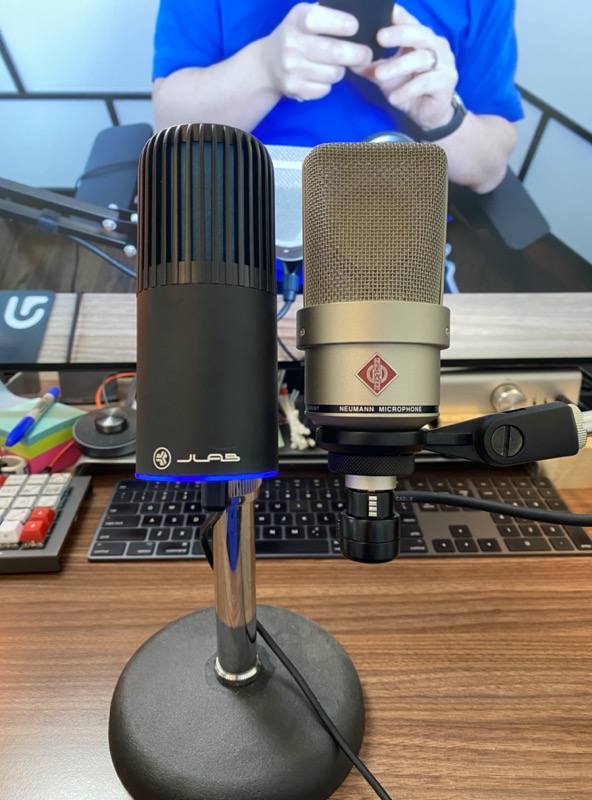
![[Natural Audio Clarity] Operated with frequency response of 50Hz-16KHz, the podcasting XLR mic delivers balanced audio range, likely to resonate with your audience. Directional cardioid dynamic microphone corded will not exaggerate your voice, while ...](https://m.media-amazon.com/images/I/31vZkgLpKmL._SL160_.jpg)
![Small but Mighty - The DJI Mic Mini lavalier microphone transmitter is small and ultralight, weighing only 10 g, [1] making it comfortable to wear, discreet, and aesthetically pleasing on-camera. Detail-Rich Sound - Mic Mini wireless microphones deli...](https://m.media-amazon.com/images/I/31KzYDU8pvL._SL160_.jpg)
Gadgeteer Comment Policy - Please read before commenting
Andy, great review and comparisons! The videos that you recorded and included are especially helpful, plus I’m glad you didn’t feel the need to include a useless minute-long introduction like many Youtube videos 🙂
I hate how much better your $1k microphone sounds, but I guess that’s the point.
Andy, I am teaching a class with in-class attendees and people on Zoom. To help the people in class I am using an Anker Ultra Clear conference speakerphone to enable the people on Zoom to heat the in-class people as they speak. I place it in the middle of the room but the people at home can’t hear me as well. I have purchased a Jlab Talk Go microphone. Can I attach it to my MacBook Pro, use it for volume in the room and still use the Anker speakerphone?
That may depend on the software. With Zoom, you can specify what device you want for speaker and microphone. You can only choose one input device and one output device.
Would you recommend this Microphone for streaming? I have been using a headphone mic and I need an upgrade…
How do you turn it off?
There’s no power button, just a mute button.